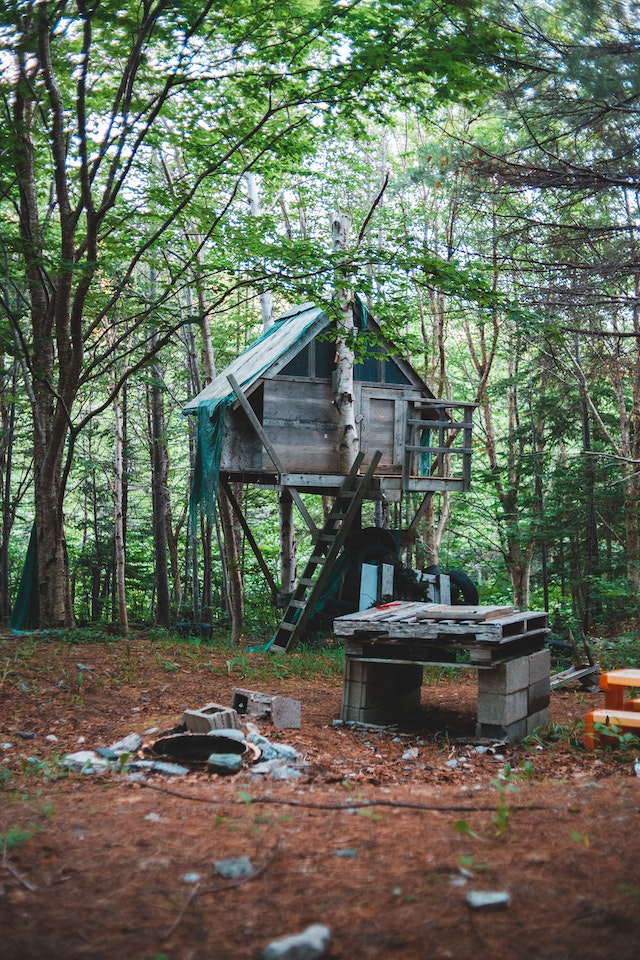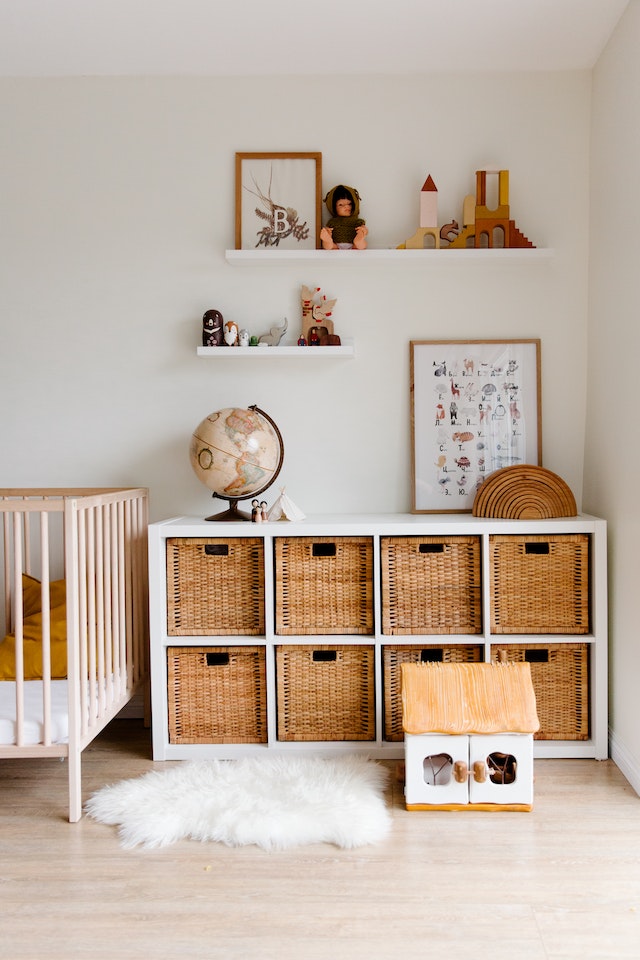When you have children the first thing you want to do is keep them safe. When they are in the womb, they are in the literal bubble where they are going to be safe from any kind of harm, but when you bring them home from the hospital you have to make sure that your home is as child friendly as possible.
Your home is your castle but it’s also the safe space your family will grow into, so whether you are looking at selling your flat with an estate agents advice to find a bigger house, or you are looking at buying a house and you need to make sure that it’s going to be good for the new baby, you need to know how to make your home child friendly. There are 10 ways you can do exactly that.

- Avoid being too plain. Safety aside for a moment, if you want your home to be child friendly it has to look like a child actually lives there. One of the biggest trends you will find on social media is to make a house white, grey, and beige. There’s actually nothing fun about any of those colours, and while babies only see in black and white, do you really want your house to look monochrome? Make sure that you realise that life is far too short to be too serious so add a little bit of a silly to your home. Look up for arty prints or small wallpaper feature walls to help you to embrace the silliness that comes with parenting.
- Get the kids involved. If you’re going to redecorate your home and get the children involved in those decorative decisions. If you’re bringing home a baby and you’re looking to decorate a nursery, consider how long you want the nursery to last. It’s all lovely to put Mickey Mouse on the walls, but if you want them to have a bedroom that will grow with them, choosing stickers or pastel colours can help. When we say pastels, we mean greens and blues and theme the nursery a certain way.
- Create chill spaces. Children are always on the go and if you want to make your home child friendly you need to look at what you need from your house and apply it to your children. For example if you need somewhere to sit, relax and chill out, the chances are very high that your children want the same thing. Creating a separate space or a zone for them to be able to do this can involve something as simple as buying a couple of beanbags and placing them in an unused nook or corner. Add a bookshelf and you have a reading nook.
- Carve out safety zones. Giving children their own space such as a playroom or a rumpus area where they can build, craft, paint or draw is a win for everybody. It keeps all of that creativity contained in one space and the key to creating a successful child only space is storage. A tiny unit with separate boxes for craft products or toys can really make tidying up a breeze.
- Add nature throughout the house. If you have plants in your home, not only will you be providing a great source of oxygen, you’ll have a positive effect on your children’s minds. Nobody can help smile when they see large flowers or brightly coloured tulips around the house, so create that colour for display and your children will feel happy and welcome in their own home.

- Build out the backyard. You need to create somewhere that you can encourage outdoor play and that means considering the elements that you could introduce to the backyard to make it a fun place to be. If you have the space, you can access things such as a Wendy house or a treehouse, a sandpit and a paddling pool – safely contained – a swing or even a climbing wall. Even if you only have a small garden, you can make it bright and inviting with the help of a blank fence and some paint. Add some chalkboard paint and some treated timber and you can have that very own up wall outside.
- Childproof it. You don’t need to put covers on the sockets on the walls because that can activate the electricity flows, but you do need to childproof the area so that if any children trip over there not going to do themselves any long-term damage. Make sure that you have furniture elements that children can use, such as smaller beds and easy to reach storage, and at steps and the correct toilet seat for each bathroom so they can wash their hands and feel safe on the toilet and confident when they go.
- Build a fort. Children love to hide away and a makeshift tent with sheets, pegs and soft Chezz can be set up very quickly in the corner of a room. If you have cushions, beanbags and soft blankets for them to play with, you might find your children playing with their toys there or even taking a nap. Children need to feel safe and the containment of a fort can do that.
- Give them their own bedroom. If you have the room, give your children their own bedroom so that they can build into it themselves and feel like they own their own space. When you put your children in their own bedrooms, they can create a sanctuary that’s their own. If you don’t have the space or you can’t upgrade your home, consider making sure that your children are in a space where while they share a room, they still have their own space within it.
- Add their art. Children often come home from childcare centres or school with a project that they have worked very hard on. Adding that to the bedroom walls or a special wall in the home gives you something wonderful to look at and it could give them the encouragement that they need to continue to bring those things home to you.
